In 1971, in London, England, a fascinating editorial piece written by the architect, Simon Nicholson was published. It outlined the benefits of, and the need for children to participate in, loose parts play.
Loose parts play is a type of open-ended play wherein a child is left up to their own devices to create and play. The pieces they find or are given, are not assigned to an end goal.
What are the benefits of loose parts play?
1- Language Acquisition
Loose parts play doesn't always have to be an independent activity.
Whether it's parallel or cooperative play with an adult or a friend, opportunities for language development abound.
2- Math
Whether a child is counting out the number of pebbles he needs to line the border of his imaginary castle or eyeing the distance across a puddle to figure out the number of bricks he will need to lay down to cross it without getting his shoes wet, important math skills are being developed.

3- Literacy
Creative story telling is a huge part of independent play.
Children create their own characters, stories, and adventures when engaging in loose parts play.
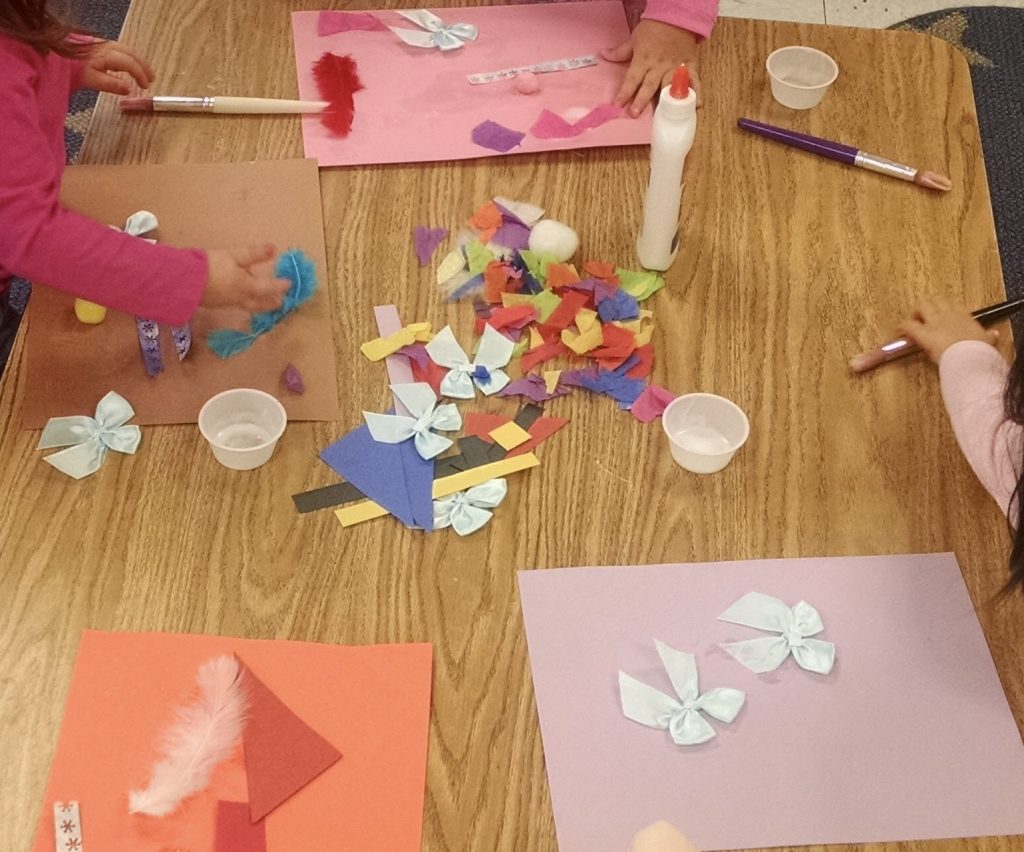
4- Art
Through loose parts play, a child's artistic ability is able to flourish. Process art has no rules and no limits!
Click here for 51 fun process art ideas that children can incorporate into their play!
5- Emotional Skills
Through loose parts play, children are given the freedom and opportunity to engage in fantasy and storytelling of their own making.
These stories involve characters that the child assigns personality traits. The characters also interact with each other, thus helping a child's emotional intelligence evolve.
6- Concentration and Attention Span
Playing without constraint or interruption allows a child to become immersed in play, thereby developing a productive attention span.
This phenomenon is also seen in Montessori environments as something termed “normalization“.
7- Critical Thinking
With every step in loose parts play, from planning – to choosing the materials they will need – to come up with ways to use their finished product, a child's critical thinking skills are becoming increasingly fine-tuned.
Children come up with ideas about what might work, why something didn't work, and what they can do differently to make something work in the subsequent attempt.
They figure out how to overcome obstacles.
8- Healthy Risk Taking
Taking risks has shown itself to be a healthy part of development. Loose parts play lends itself to children gaining the benefits of taking healthy risks.
Children explore natural spaces around them to look for loose parts to build with.
Stacking and climbing also comes with a low-to-moderate level of risk, as children will stack items, then test their structure out for sturdiness.
9- Sense of Pride
From start to finish, children set their own goals for play and follow-through, ending at creation or achievement entirely of their own making.
10- Fine Motor Development
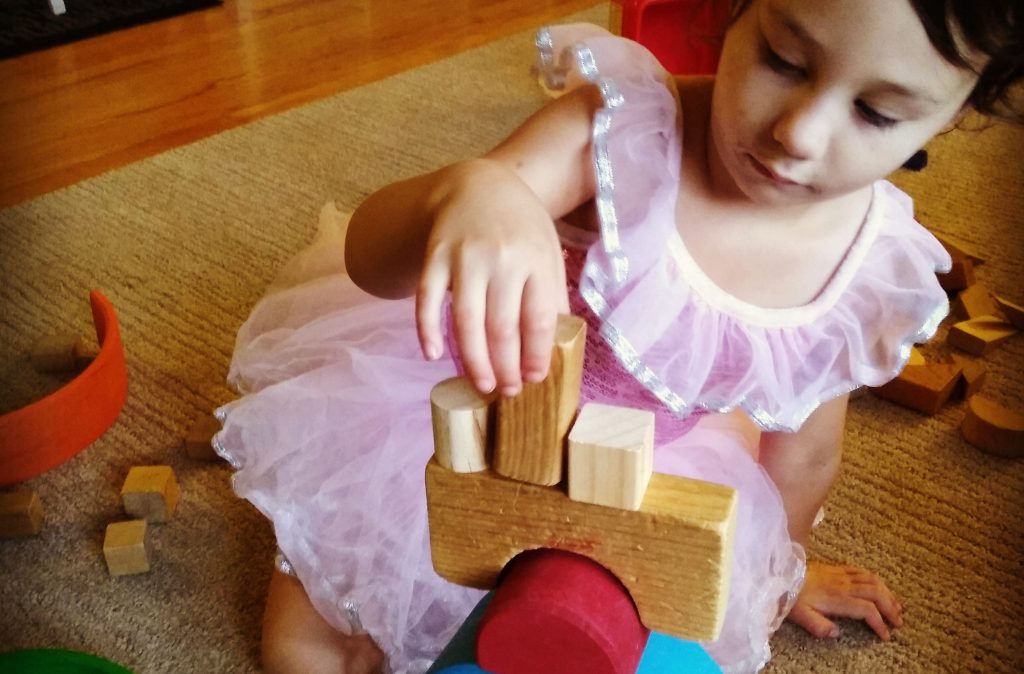
Fine motor development is inevitable when a child engages in loose parts play.
Through the manipulation of small items, such as pom-poms, wooden blocks, or twigs, the small muscle development of a child's hands is aided.
11- Gross Motor Development
The benefits of loose parts play as they relate to motor development don't stop at the small muscles used in developing the pincer grasp.
The body's large muscles are very much involved, as well.
Be it harvesting their own materials or stacking large items to then climb, gross motor activity is a major part of loose parts play.
12- Creativity
Since there are no rules to loose parts play and none of the items have a task or attribute assigned to them, children are free to use these items any way they can imagine.
This level of creativity is stifled when toys with an intended purpose are played with. In contrast, loose parts play lets the child assign a purpose to the items at his disposal.
13- Independent Play/Independence
Learning how to play independently is far more appealing to children when they don't see constraints to their play.
Loose parts play holds a special kind of appeal. Instead of an adult saying to a child, “That's too dangerous.“, or, “Let's find something more edifying to spend our time on.“, a child is allowed to engage in activities they find satisfying and are allowed to engage in play that carries low-level risks.
14- Boredom Buster
Boredom is a gift we give our children. The opportunities away from the television or structured activity are important for children to experience.
Through the creativity and problem-solving skills loose parts play provides, children can conquer boredom without the help of an adult.
15- Inexpensive
On top of all of the amazing aforementioned benefits of loose parts play, the cost of loose parts play is definitely the icing on the cake.
While it is fun to pick out some of the items to buy that are often used in this type of play, it is not necessary for most families to purchase a single item. (See below for loose parts play items and examples.)
If you do choose to purchase items for play, you'll find that second-hand stores and even scrap yards might have what you are looking for – or even things you would have never thought of!
Standard items for loose parts play, like blocks, are often purchased new, but they can last through multiple children and be passed down to the next generation or resold.
Essentially, loose parts play is ‘no purchase necessary‘. Household items and items found in nature work just fine!
Examples of loose parts play materials
So, now that you know all the benefits of loose parts play, you are probably eager to make sure your child has what they need.
But, what materials do you needs? What are some examples of these activities?
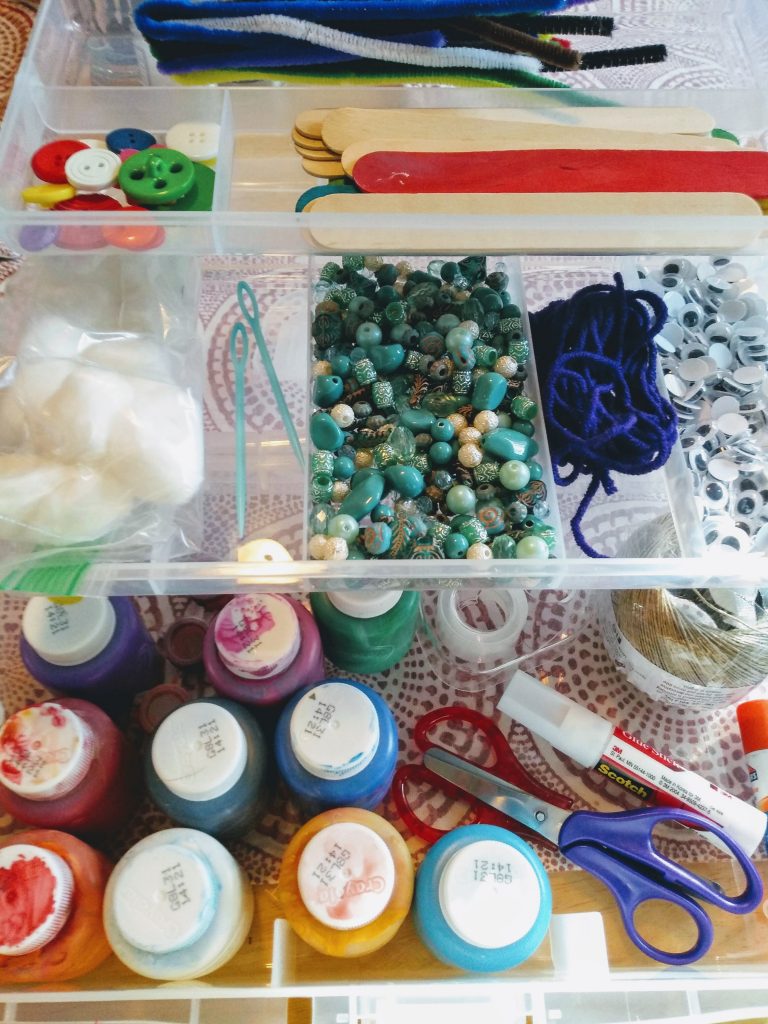
The materials used in this type of play include, but are not limited to:
- Cardboard boxes and sales papers.
- Pine needles, pine cones, sticks, flowers and acorns.
- Assorted crafting supplies.
- Rocks, sticks, shells and grass blades.
- Building blocks, nuts and bolts, and PVC pipe scraps.
- Water.
- Bike tires.
The only thing stopping an item from being used are the limits to a child's own imagination!
You may find that, as time goes on and your child engages in this incredibly independent type of play, the diversity in the materials they choose grows beyond your expectations!
Loose parts play ideas
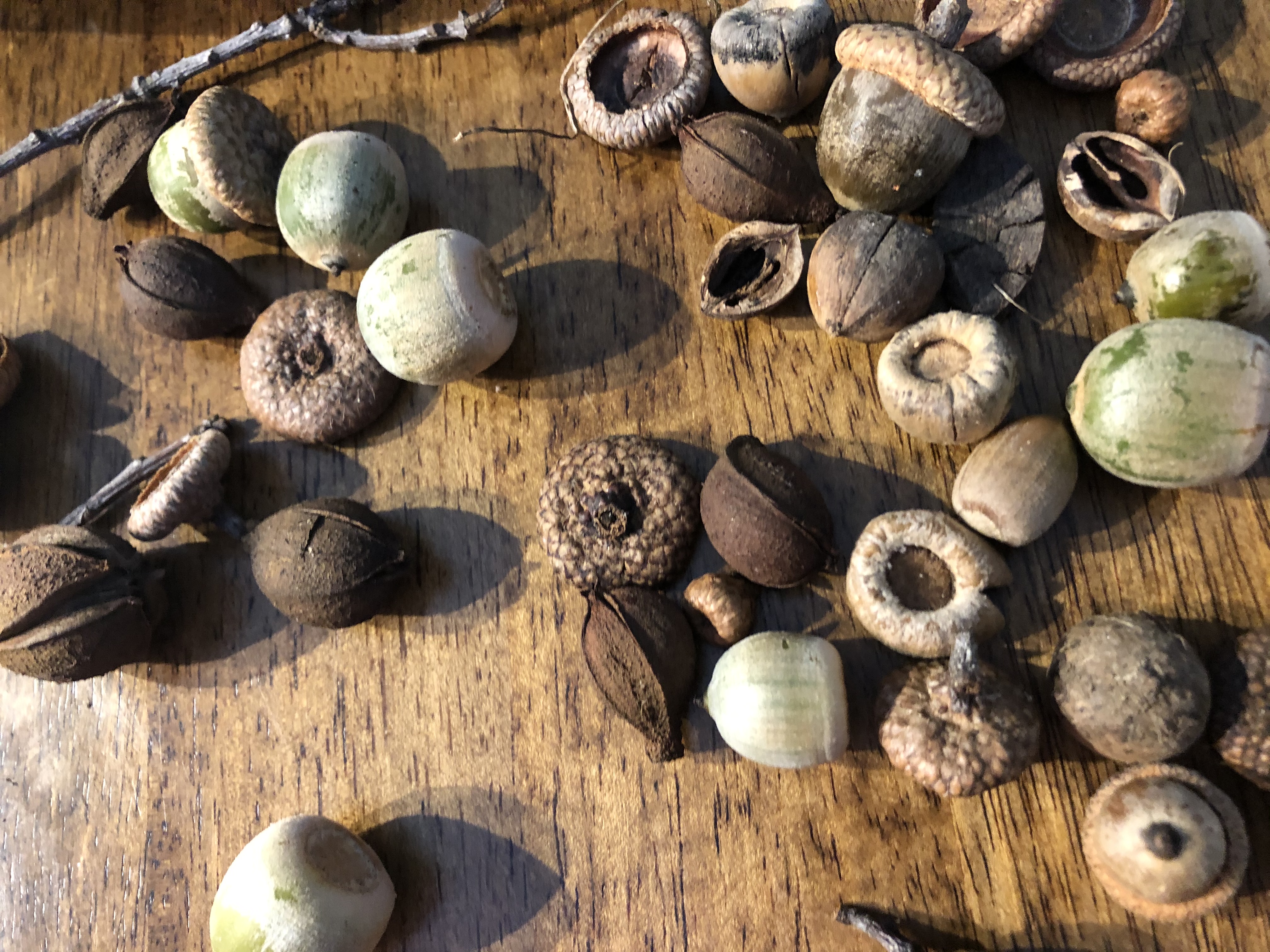
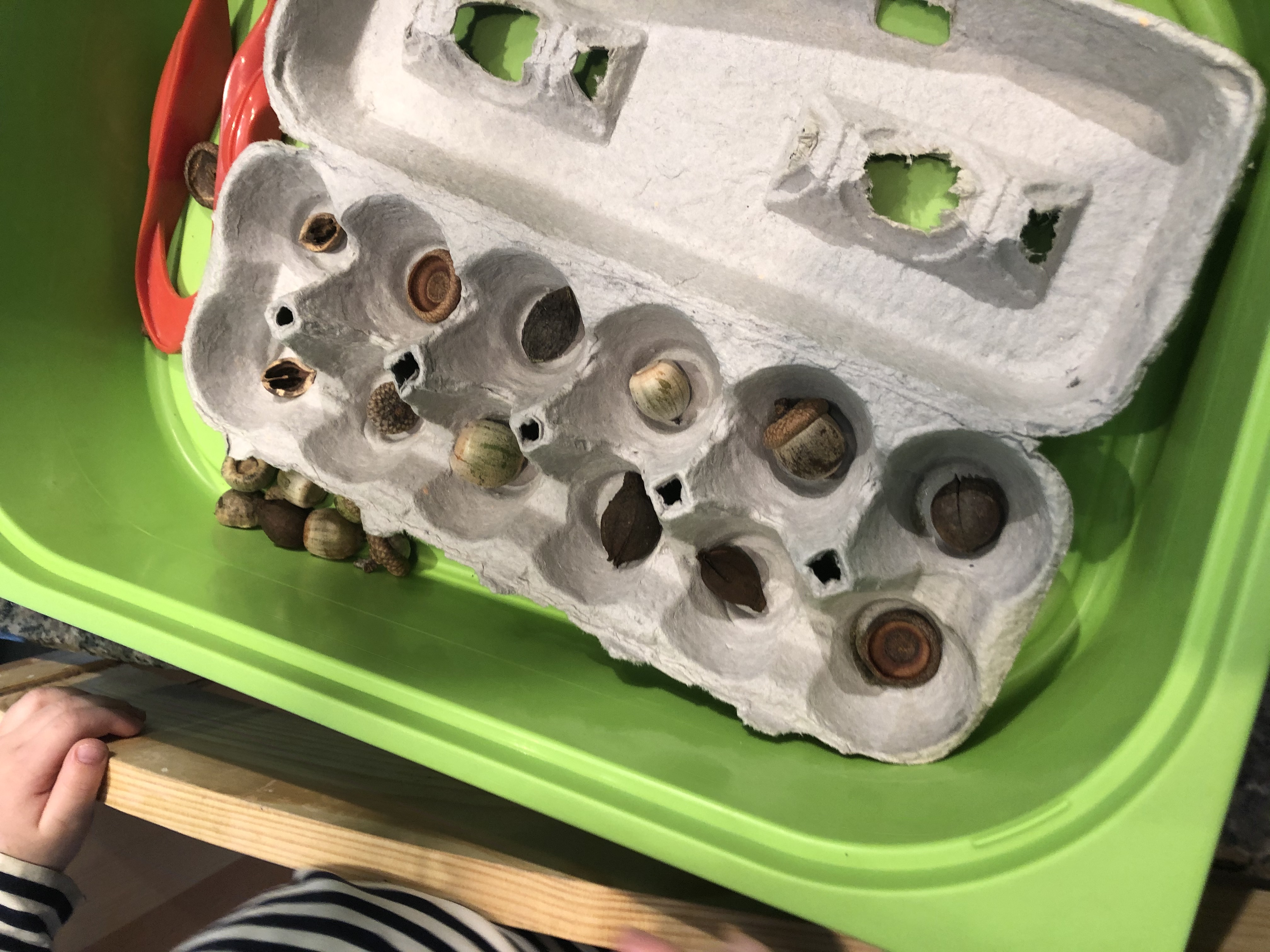
- Pattern creation
- Symmetry challenges
- Stacking
- Transferring and sorting using tweezers or chopsticks
- Threading
- Weaving
- Ramp building
- Letter and number building
- Creating and naming characters for storytelling and writing
- Story sacks
- Creative art stamping
- Potion making
- Sensory bags
- Stereognostic bags
- Making writing tools
Loose parts play can be presented at sensory tables, presented on toy shelves, or left up to children in a nature setting.
There are no rules to loose parts play and there isn't just one way to present it to your child. It can be messy, but the benefits to the mess are amazing.
One more thing: Loose parts play is child-led, and therefore, Montessori-aligned!
Cheers and don't forget to subscribe!
